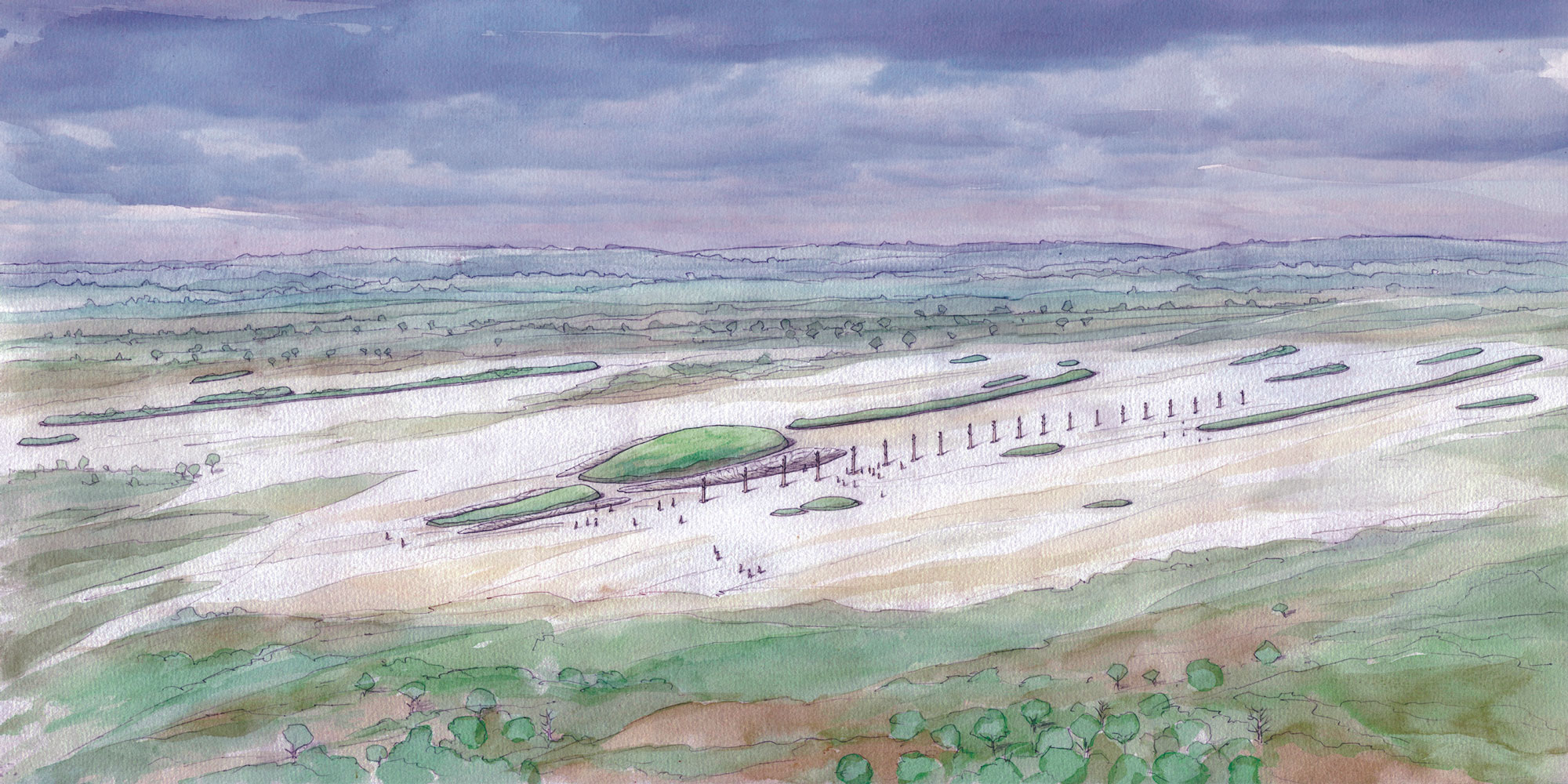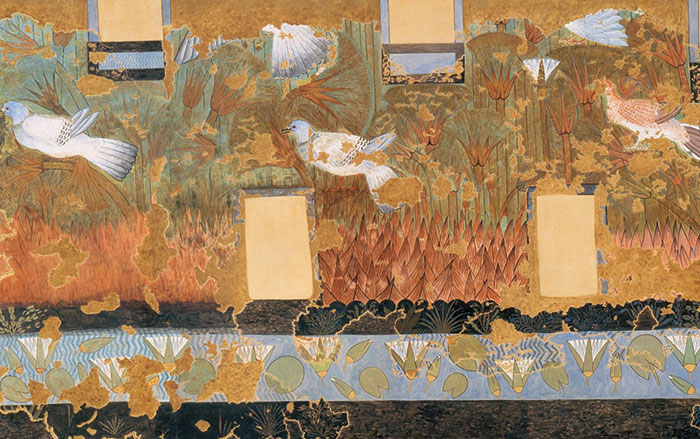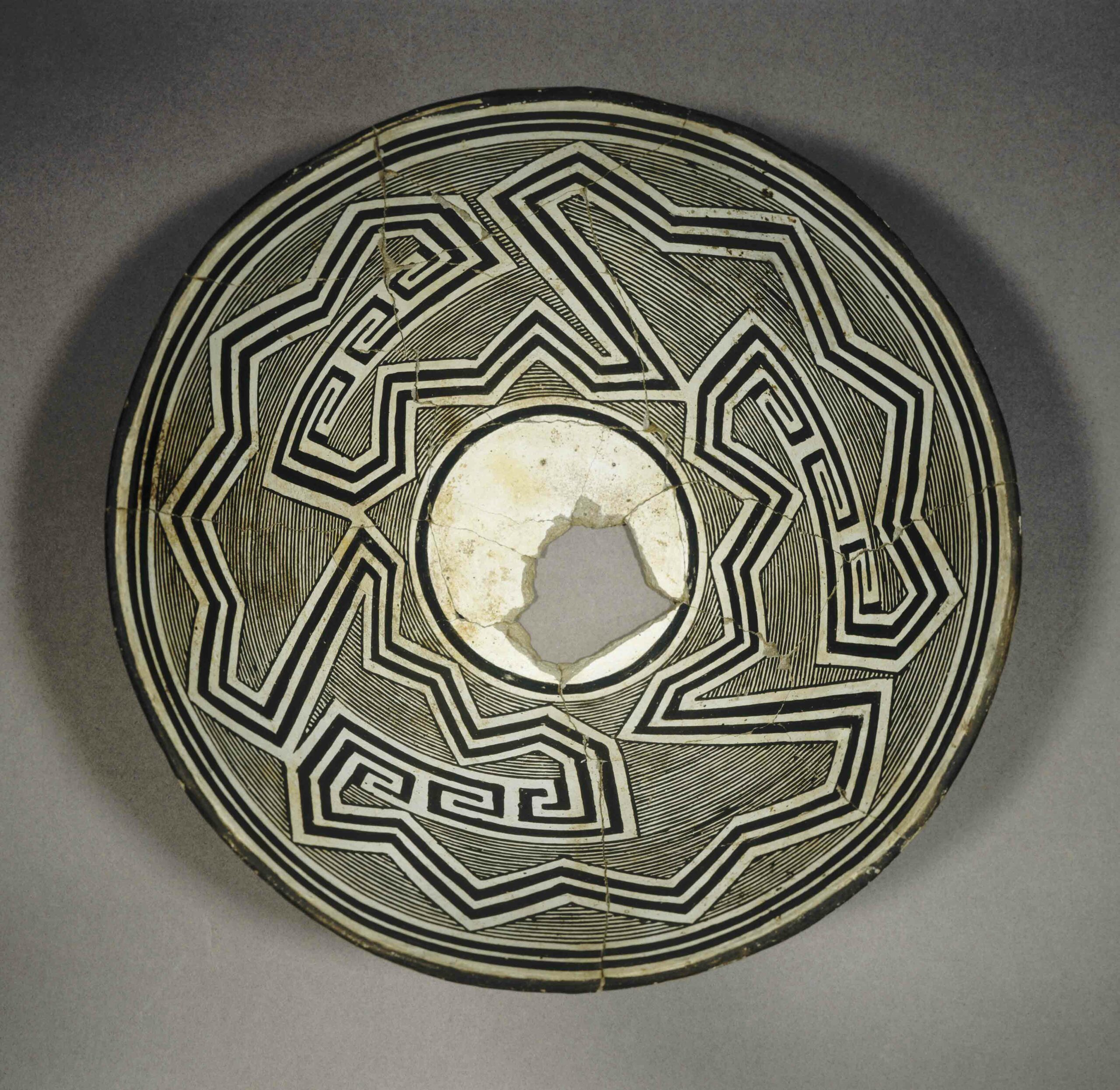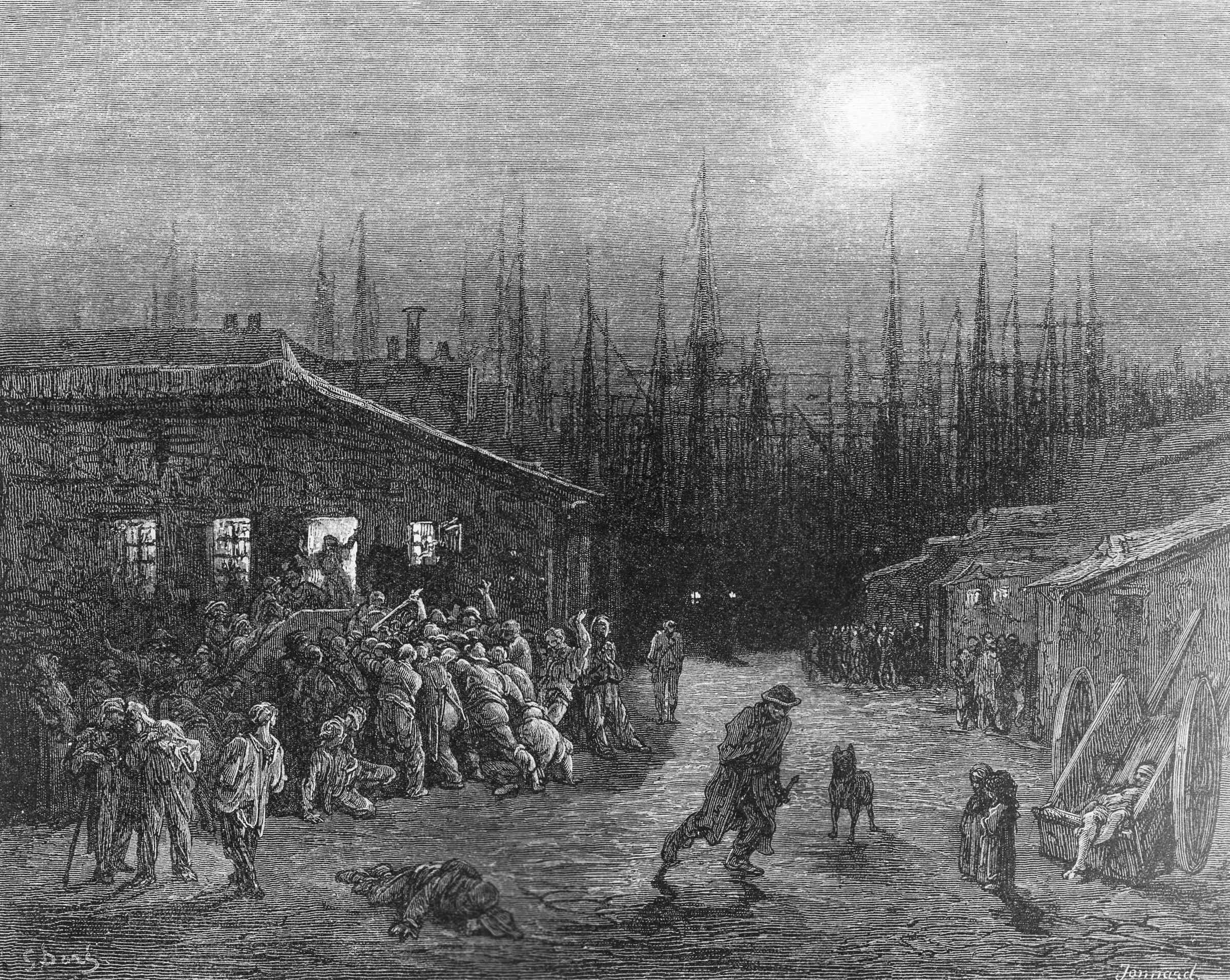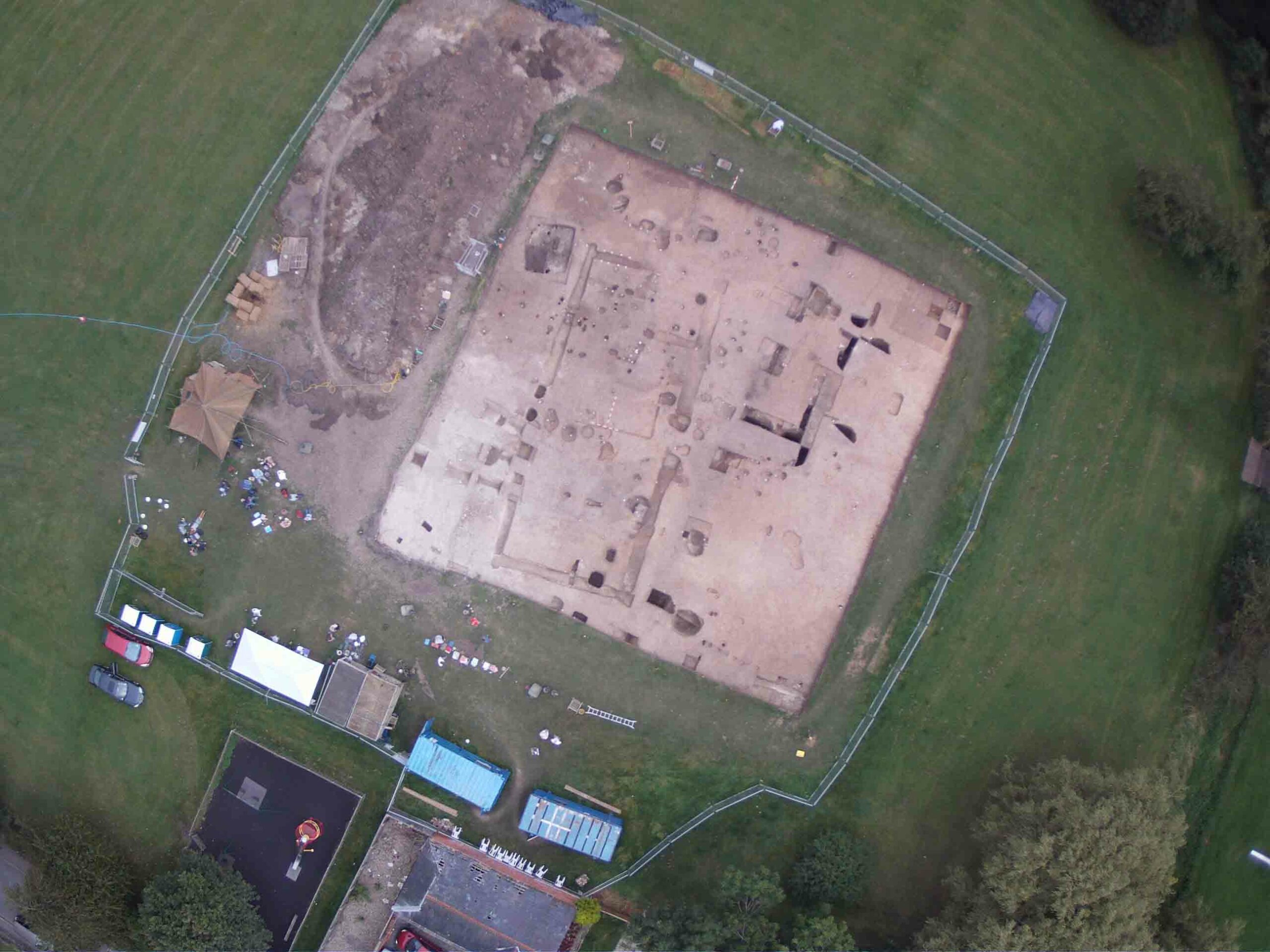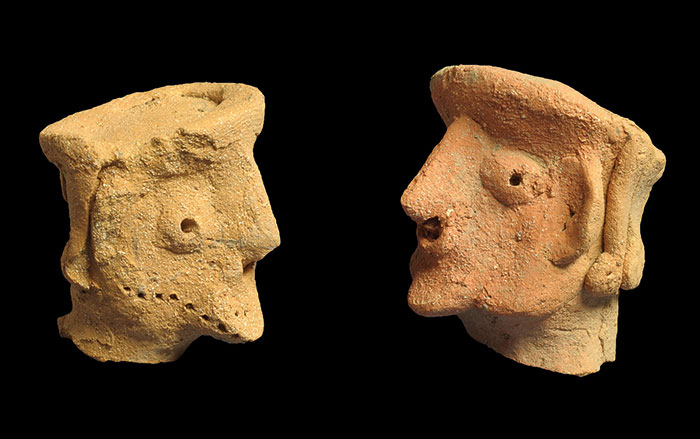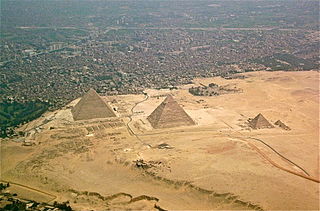
AUSTIN, TEXAS—The administrative center known as Heit el-Ghurab, located on low ground near Egypt’s Giza Plateau, was inhabited by the workers who built the pyramids and the accountants and managers who kept the building projects running. Excavations conducted by Karl Butzer of the University of Texas uncovered layers of mud and sand that indicate the city was flooded and rebuilt ten times over a period of 45 years. Butzer thinks the building teams stayed in such a dangerous place because their pharaoh, Menkaure, may have thought a floodwall and his personal power protect the city. “He had a problem with his sense of importance. He was the divine offspring of the gods, and he thought if he prayed hard enough things would be OK. They weren’t,” Butzer explained. Menkaure’s son decided to build somewhere else.



